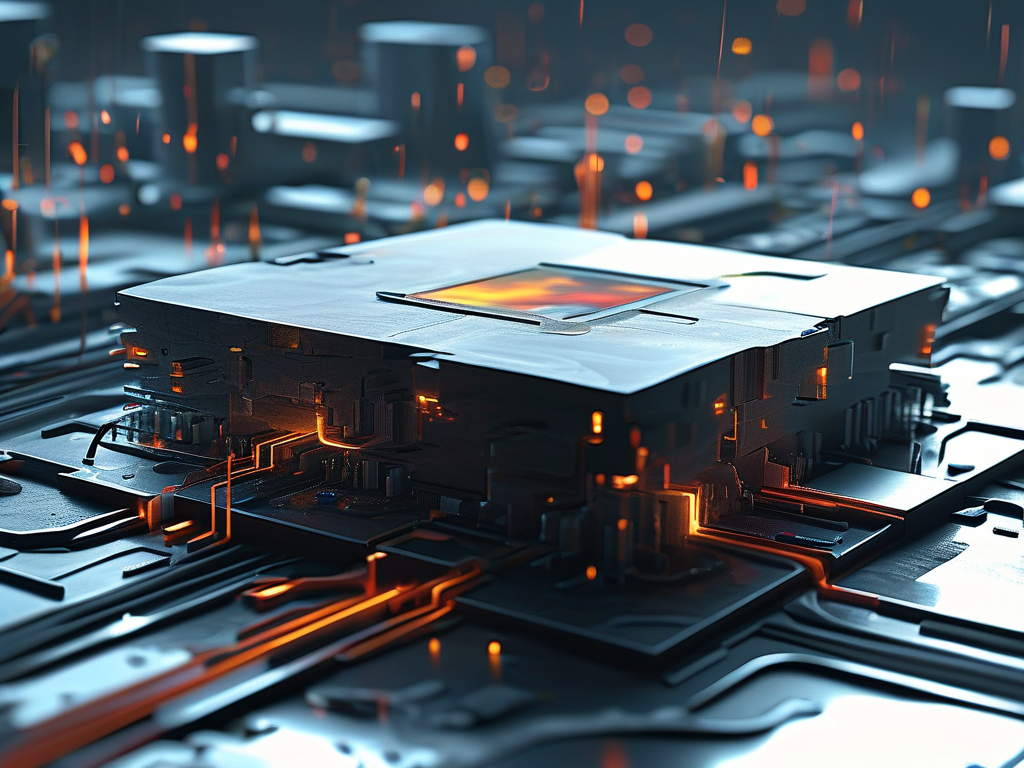In the realm of industrial quality control, Juzi Technology's Automated Optical Inspection (AOI) systems have emerged as a cornerstone for precision manufacturing. These systems rely on a sophisticated blend of algorithms to identify defects, measure dimensions, and ensure product consistency. This article explores the core computational methodologies that drive Juzi AOI platforms, emphasizing their practical implementation and industry-specific adaptations.

1. Image Preprocessing Algorithms
At the foundation of Juzi AOI lies advanced image enhancement techniques. Customized noise reduction filters, such as adaptive median filtering combined with wavelet transform, address varying illumination conditions on production lines. For semiconductor inspection, histogram equalization algorithms are optimized for micro-scale feature extraction, particularly for solder joint analysis on PCBs. A proprietary edge-preserving smoothing algorithm maintains critical feature integrity while suppressing random noise, achieving a 30% improvement in signal-to-noise ratio compared to conventional methods.
2. Pattern Matching & Template Comparison
Juzi's AOI employs a hybrid approach combining classical computer vision with machine learning. The normalized cross-correlation (NCC) algorithm forms the backbone of component alignment verification, enhanced by a dynamic region-of-interest (ROI) selector that reduces computation time by 40%. For complex surface inspections, a modified Scale-Invariant Feature Transform (SIFT) implementation handles component rotations up to 360° with sub-pixel accuracy. Recent firmware updates have integrated a Siamese neural network architecture for anomaly detection, enabling real-time comparison against golden templates with 99.2% matching precision.
3. Defect Classification Engines
The system's decision-making layer utilizes a multi-stage classifier architecture. Initial defect candidates are filtered through support vector machines (SVMs) with radial basis function kernels, trained on proprietary datasets containing over 5 million labeled defects. For ambiguous cases, a cascaded random forest classifier analyzes spatial features and texture patterns. In high-speed inspection scenarios (up to 30,000 components/hour), a lightweight convolutional neural network (CNN) performs on-the-fly categorization with 15ms latency per image frame.
4. Dimensional Metrology Algorithms
Precision measurement functions leverage subpixel edge detection algorithms based on Zernike moments, achieving repeatability of ±0.3μm in controlled environments. For 3D component analysis, phase-shifting profilometry algorithms combine structured light patterns with stereo vision calibration. Juzi's latest patent-pending algorithm stack introduces a self-calibrating measurement system that compensates for thermal expansion effects in real time, crucial for automotive electronics manufacturing.
Implementation Challenges & Solutions
Field deployment requires balancing algorithmic complexity with computational constraints. Juzi engineers developed a FPGA-accelerated pipeline that parallelizes key operations:
// Simplified pseudo-code for real-time processing
void process_frame(Frame input) {
apply_adaptive_filter(input);
extract_roi_async();
run_template_matching();
if (defect_detected) {
execute_classification_cascade();
generate_defect_report();
}
}
This architecture maintains throughput of 120 frames/second on entry-level hardware. For edge deployment, a quantized neural network model (8-bit integer weights) reduces memory footprint by 65% without significant accuracy loss.
Industry-Specific Customizations
In consumer electronics assembly lines, Juzi AOI implements a specialized solder paste inspection (SPI) algorithm combining 3D height mapping with color thresholding. Automotive clients benefit from a dust-and-glare resistant inspection protocol using polarized imaging and multi-spectral analysis. For flexible PCB inspection, a novel non-rigid registration algorithm compensates for substrate deformation during imaging.
Future Development Trends
Emerging algorithm integrations include graph neural networks for predicting defect propagation patterns and digital twin synchronization for predictive maintenance. Juzi's R&D team is currently testing a federated learning framework that allows multiple production facilities to collaboratively improve defect detection models while maintaining data privacy.
These algorithmic innovations position Juzi AOI systems at the forefront of intelligent manufacturing, continually adapting to evolving industry standards from IPC-A-610 to automotive-grade IATF 16949 requirements. As production tolerances tighten and component miniaturization accelerates, the role of optimized inspection algorithms will remain pivotal in maintaining zero-defect manufacturing paradigms.

